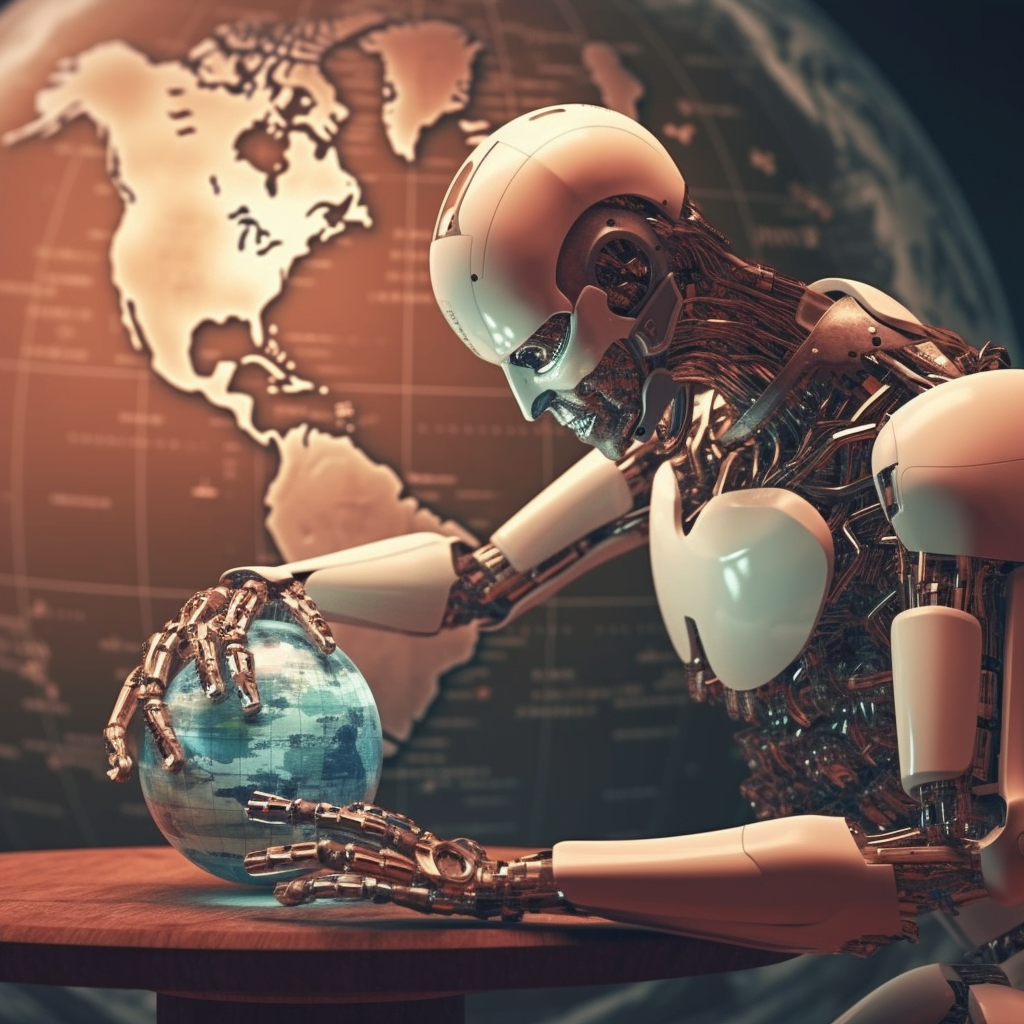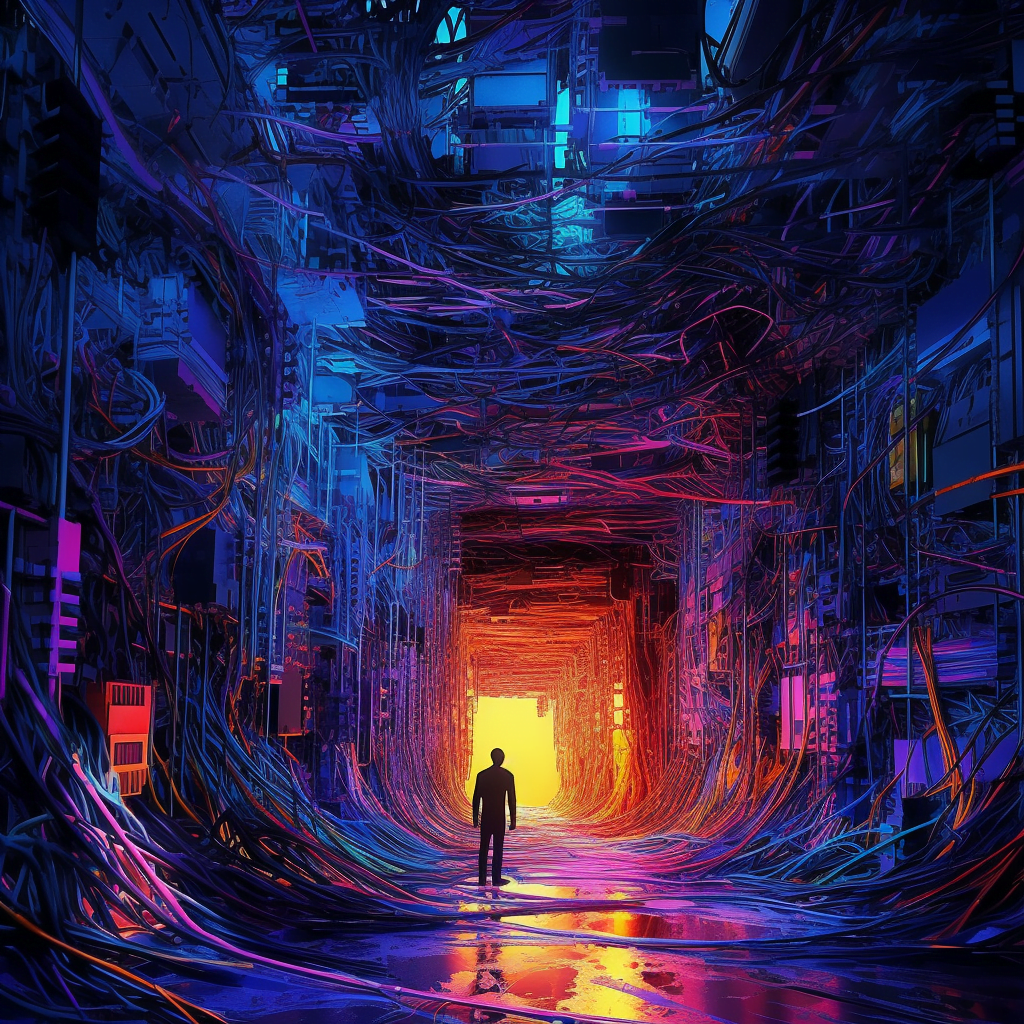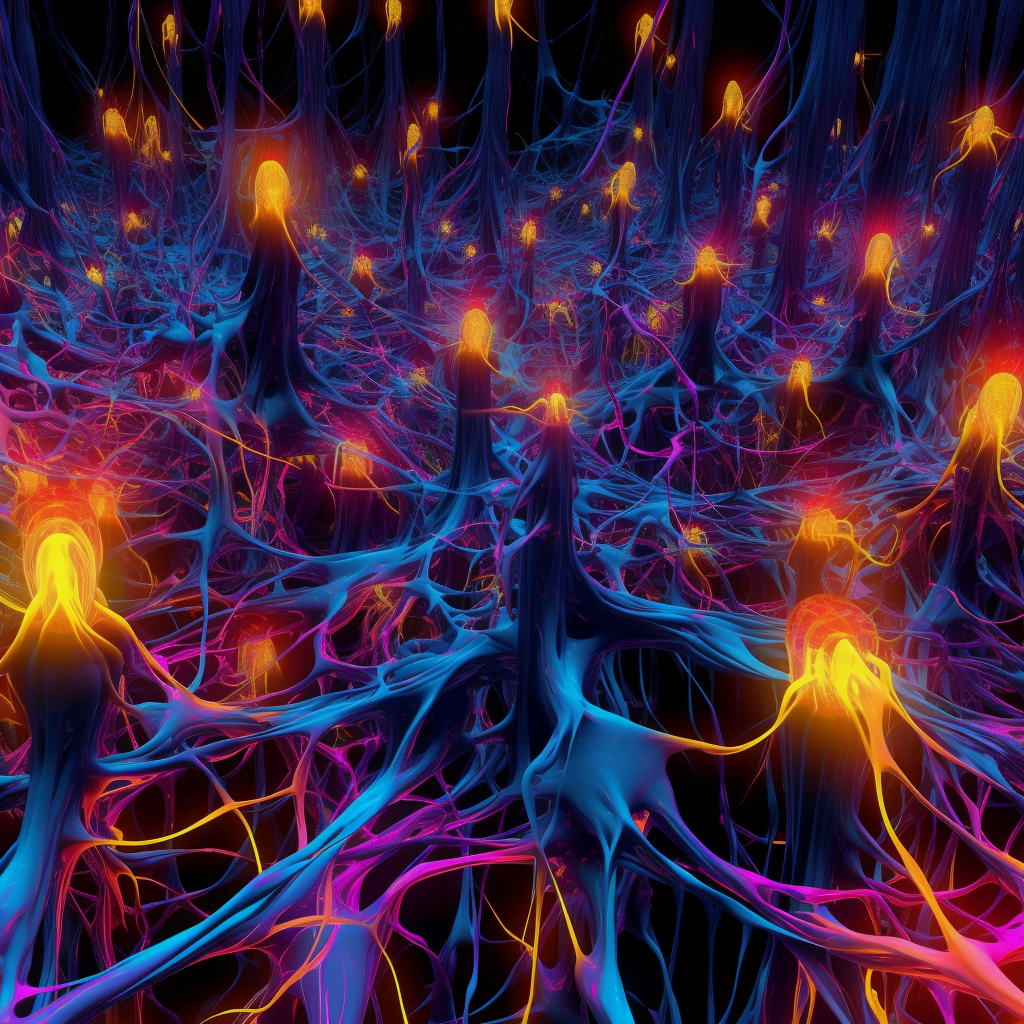
Imagine you’re using your computer to write an essay, and you’re stuck. You don’t know how to continue, and the deadline is looming. Suddenly, an AI assistant suggests a perfect sentence to get you back on track.
Or, think about a time when you wished you could bring your dream creature to life, only to see it illustrated right before your eyes by an AI model. Sound like magic? It’s not!
It’s the incredible work of OpenAI, a leading organization known for its innovative AI tools like ChatGPT and DALL-E 2.
But have you ever wondered who’s behind OpenAI? Let’s dive in!
Who Owns OpenAI?
OpenAI, a significant player in the realm of artificial intelligence, straddles both non-profit and for-profit domains. It is composed of a non-profit arm, OpenAI Incorporated, and a for-profit entity, OpenAI Limited Partnership.
So, when you ask “Who owns OpenAI?”, the answer is a mix of investors, board members, and founders.
Let’s delve into specifics:
Founding Team and Key Employees:
OpenAI’s conception in 2015 was largely the work of an ensemble of AI enthusiasts including Ilya Sutskever, Greg Brockman, Trevor Blackwell, Vicki Cheung, Andrej Karpathy, Durk Kingma, Jessica Livingston, John Schulman, Pamela Vagata, and Wojciech Zaremba.
Key players include:
- Sam Altman, the CEO and co-founder, who once led the start-up accelerator Y Combinator.
- Greg Brockman, the President and co-founder, previously held the title of CTO at Stripe.
- Ilya Sutskever, the Chief Scientist and co-founder, who once brought his machine learning expertise to Google.
- Mira Murati, the Chief Technology Officer, previously worked at Leap Motion and Tesla, Inc.
- Brad Lightcap, the Chief Operating Officer, has experience from Y Combinator and JPMorgan Chase.
The Nonprofit Board:
The non-profit arm of OpenAI is governed by an illustrious board, which includes the following individuals:
- Greg Brockman, Ilya Sutskever, and Sam Altman, who are also founders.
- Adam D’Angelo, Will Hurd, Tasha McCauley, Helen Toner, and Shivon Zilis.
Individual Investors:
OpenAI has managed to draw in investments from individual power players in the tech world such as:
- Reid Hoffman, co-founder of LinkedIn.
- Peter Thiel, co-founder of PayPal.
- Jessica Livingston, a founding partner of Y Combinator.
Corporate Investors:
Several corporate entities have also thrown their weight behind OpenAI:
- Microsoft is a notable name here, with a massive $1 billion investment in 2019, followed by a whopping $10 billion injection in 2023.
- Khosla Ventures and Infosys are other corporate investors that have backed OpenAI.
So, the ownership of OpenAI is an intricate tapestry of its founders, board members, key employees, and a diverse array of both individual and corporate investors. Their collective vision is to promote and develop friendly AI, ensuring that the benefits of AI are accessible and advantageous for all of humanity, or at least are presenting themselves to do that.
The Weird History of OpenAI’s Investments
The strange journey of the history of OpenAI goes back to December 2015, when the likes of Sam Altman, Greg Brockman, Reid Hoffman, Jessica Livingston, Peter Thiel, Elon Musk, Amazon Web Services (AWS), Infosys, and YC Research rallied to form OpenAI, collectively pledging over a billion dollars.
Yet, an investigation by TechCrunch reveals a foggy funding reality where Elon Musk emerged as the primary backer, and YC Research unexpectedly contributed nothing.
From these uncertain beginnings, OpenAI set a novel course: to foster collaboration with institutions and researchers worldwide by making its patents and research publicly available. Based in the bustling Mission District of San Francisco, the organization wasted no time in recruiting top-notch talent, even shelling out corporate-level salaries that, while not rivaling Facebook or Google, were impressive for a nonprofit.
OpenAI’s attractiveness wasn’t just about the paycheck, though.
Its purpose, aimed at progressing humanity safely towards real AI, was a potent magnet. Even top AI researchers, with eye-popping salaries akin to NFL quarterback prospects, were lured away from prestigious posts at Google and beyond, captivated by the organization’s potent blend of purpose and promise.
By 2017, OpenAI’s spending on cloud computing alone was an eye-watering $7.9 million, a quarter of its operational expenses. A year later, its Dota 2 bot training program required renting an impressive array of computational power from Google: 128,000 CPUs and 256 GPUs, for several weeks!
2018 saw a surprising twist when Elon Musk resigned from his board seat, citing potential conflicts of interest with his role at Tesla, which was also heavily invested in AI. Musk proposed to take over OpenAI, which the board firmly rejected, leading to Musk’s departure.
Though he claimed to remain a donor, no further donations were recorded post-exit.
2019: A Surprising Pivot to Profit
In 2019, OpenAI made an unexpected transition: from a nonprofit to a “capped” for-profit entity.
This unusual capped-profit model limited profits to 100 times any investment, allowing OpenAI to attract venture funds and offer employees stakes in the company. Around this time, OpenAI partnered with Microsoft, landing a staggering $1 billion investment and announcing its intent to license its technologies commercially.
The transition wasn’t without skepticism, though. Some critics suggested that OpenAI’s move away from its nonprofit roots contradicted its commitment to “democratizing” AI. If any evidence was needed to support these critics’ points, one just had to look at the name, “Open” AI.
2020-Present: Pioneering Progress and High-Stakes Investments
Despite the controversies, the 2020s marked an era of incredible innovation for OpenAI. The introduction of GPT-3, a sophisticated language model, and DALL-E, capable of generating digital images from textual descriptions, showcased the organization’s groundbreaking AI capabilities.
By January 2023, OpenAI’s valuation skyrocketed to a whopping $29 billion, followed closely by Microsoft’s eye-popping $10 billion investment. This deal, rumored to earn Microsoft a 49% stake in OpenAI, was part of a broader plan to integrate OpenAI’s ChatGPT technology into Microsoft’s product lineup, including Bing.
Yet, this success wasn’t without its share of challenges.
Reid Hoffman, an initial board member, resigned in March 2023 to avoid potential conflicts of interest between his OpenAI board seat and his investments via Greylock Partners and his co-founding role at the AI startup Inflection AI.
Fast forward to May 2023, OpenAI’s key figures, Sam Altman, Greg Brockman, and Ilya Sutskever, took to the digital stage, recommending the formation of an international watchdog organization to oversee superintelligent AI systems. Their vision suggested a coordination of efforts between governments, researchers, and AI companies to manage the growing capabilities and potential risks of AI.
All in all, the evolution of OpenAI’s investments has been a rollercoaster ride of high-profile investments, strategic shifts, and ground-breaking innovations. The journey is far from over, and the world waits with bated breath to see what the future holds for this unique AI powerhouse.
OpenAI’s Notable Projects
OpenAI has a lot of cool projects that they’re working on. Let’s take a quick tour:
- GPT-4: This is an AI model that’s like a language wizard. It’s expected to be the largest and most powerful language model to date, capable of tasks like translation, summarization, and conversation. It’s like having a polyglot friend who can also write essays and stories for you.
- DALL-E 2: Imagine if you could tell an AI to create an image of a “two-headed purple unicorn sitting on a rainbow,” and it could actually do it! That’s what DALL-E 2 does. It creates images from textual descriptions, no matter how wacky or complex they are.
- Robotics: Not all robots come from sci-fi movies. OpenAI is working on real-life robots that learn from watching humans. Picture a robot that could watch you clean your room and then do it for you. Isn’t that awesome? It’s not just about room cleaning, though, these robots could also be used in healthcare, manufacturing, and home automation.
- OpenAI Codex: This is a tool that writes code. It’s like a virtual coder that can understand what you want to do and then write the code for it. This tool could make it easier and faster for developers to write complex code, and maybe even help you with your coding homework!
- GPT Agents: These are AI agents that can perform complex tasks in virtual environments. Think of them as avatars in a game, but you can give them tasks like “Find the blue gem” or “Solve the puzzle,” and they can understand and do it. They could be used in gaming, education, and even healthcare.
OpenAI Into the Future
OpenAI has constantly been pushing the boundaries of what’s possible in the world of AI. They’ve made significant progress in language processing, computer vision, and robotics, and continue to create innovative AI tools that have the potential to transform our lives.
From helping you write essays and creating images from your wildest imagination, to developing robots that learn from watching humans, OpenAI’s innovations are making what was once science fiction a reality. And behind all this are the tech superheroes who founded and support OpenAI, making sure it continues to innovate and advance AI for the benefit of us all.
So, the next time you see an AI doing something amazing, take a moment to appreciate the brilliant minds at OpenAI who made it possible.
And who knows?
Maybe one day, you could be part of a team like OpenAI, creating AI that helps people around the world.




